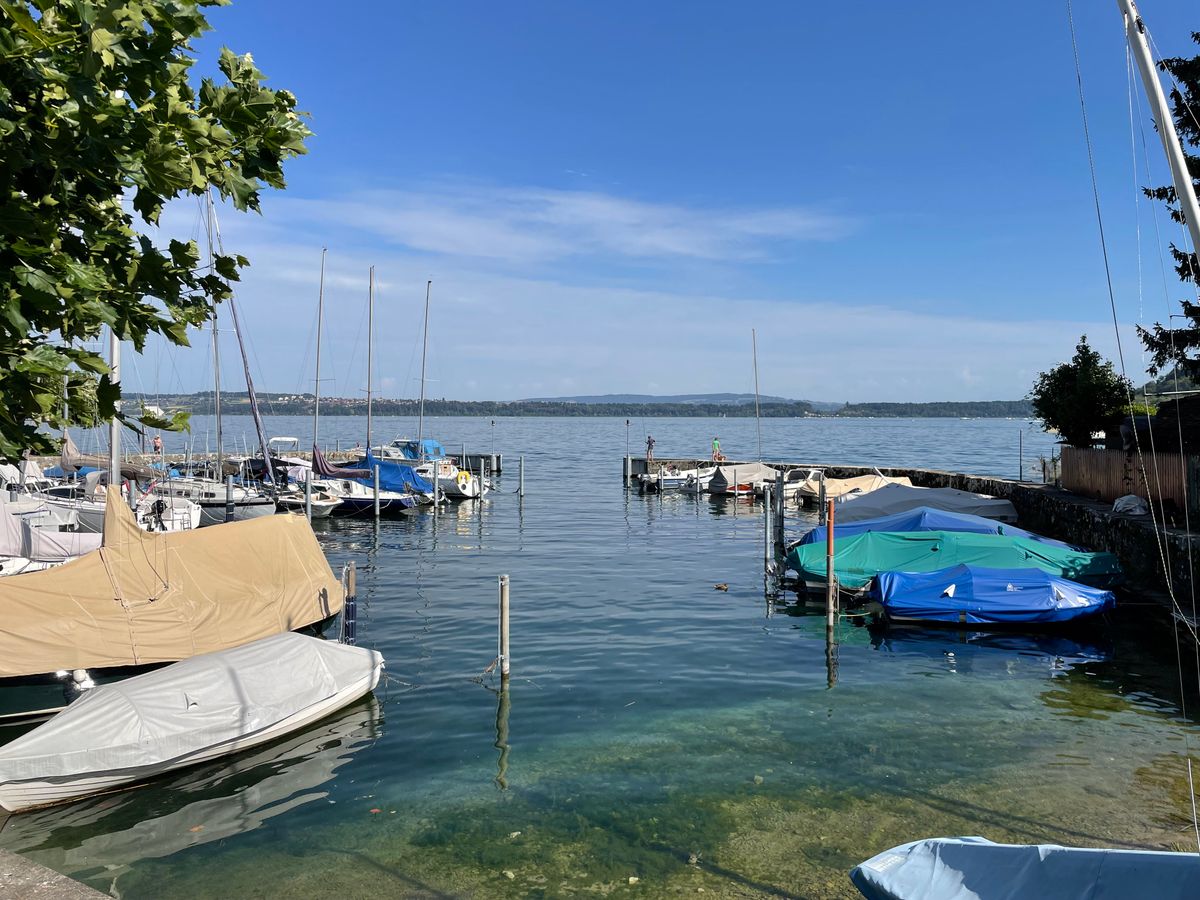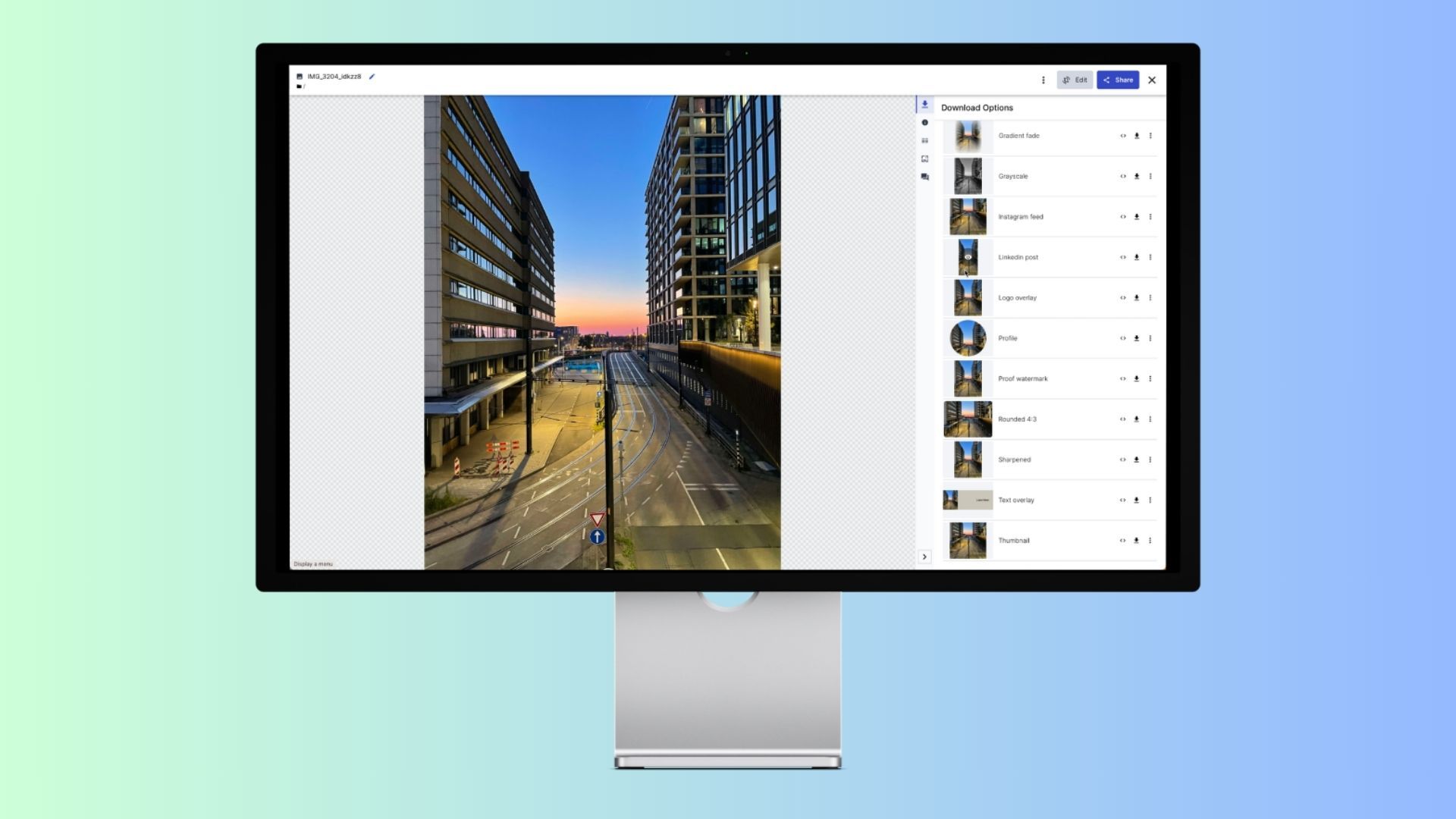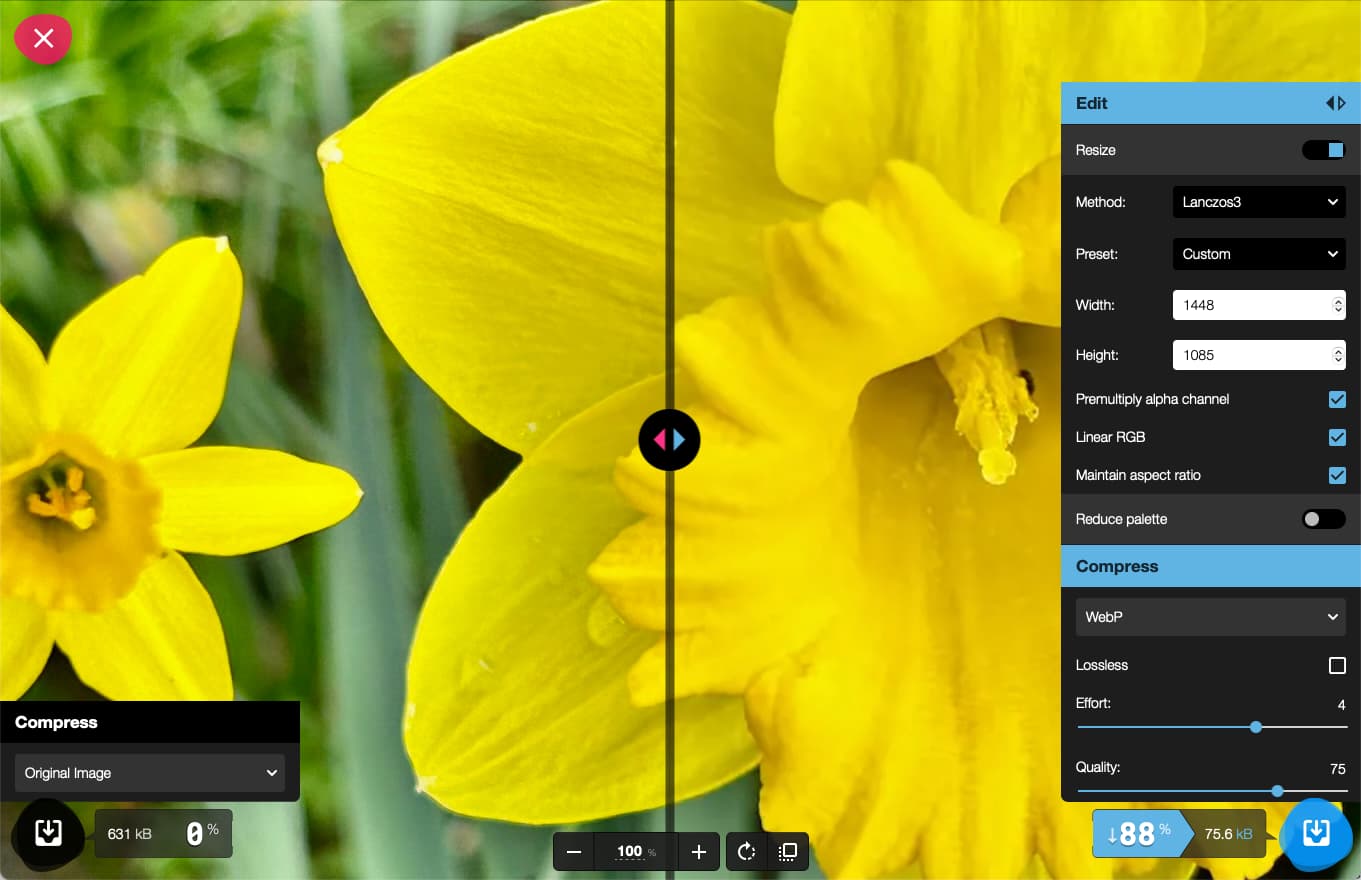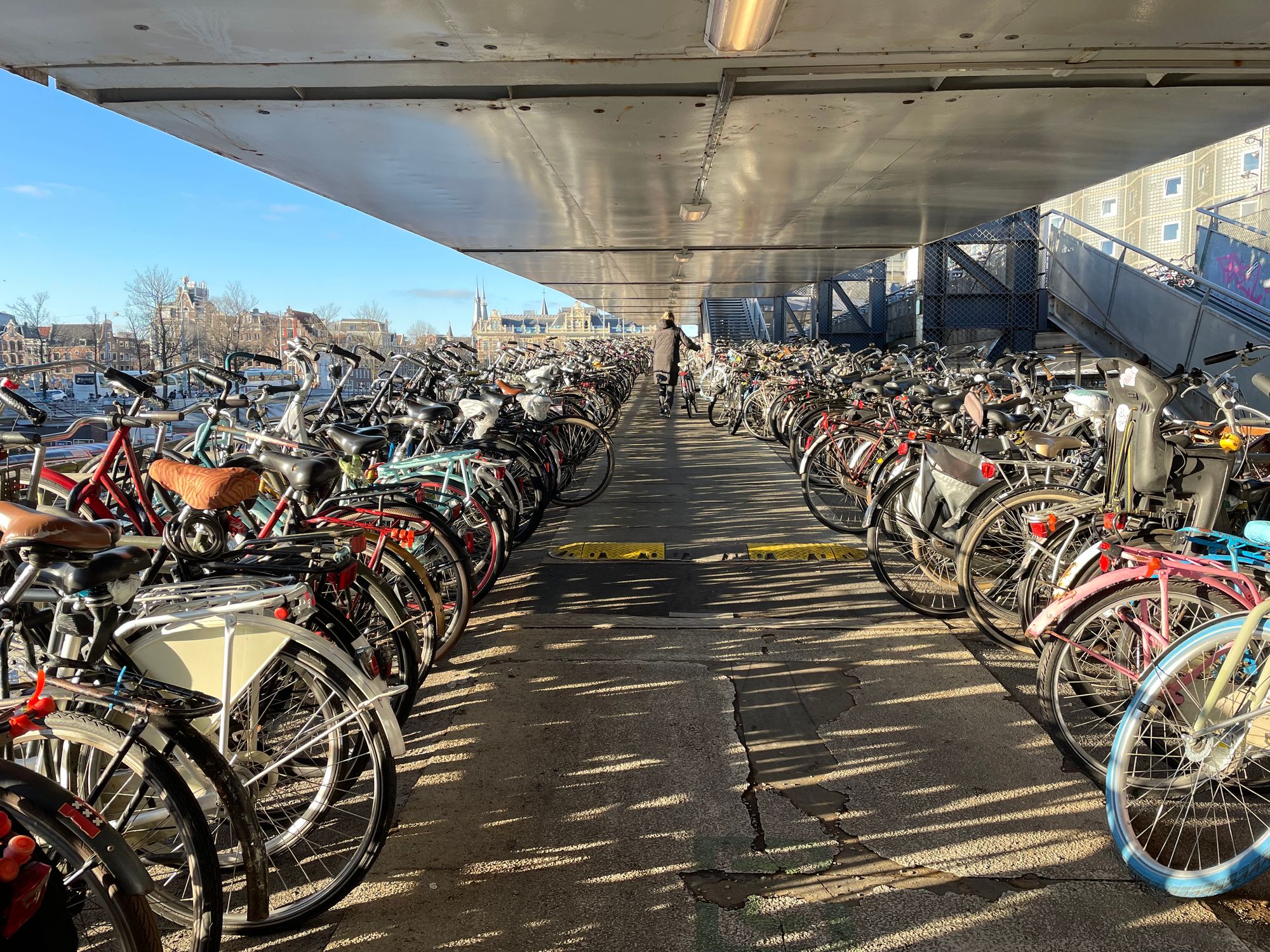What are Image Optimization Services for?
Boost web performance with image optimization services. Learn how they differ from DAM systems and choose the right tool for your needs

In the ever-evolving world of web development and digital marketing, optimising images is a crucial step towards enhancing user experience and improving website performance. Image optimisation services have emerged as powerful tools to achieve these goals, but how do they compare to Digital Asset Management (DAM) systems?
Let's dive into this topic to shed some light on these essential web technologies.
Image Optimization Services: Enhancing Web Performance
Image optimisation services are the unsung heroes of web performance. They specialise in making images leaner, faster to load, and more suitable for the digital landscape.
These services play a pivotal role in achieving faster page load times, ensuring a smooth user experience, and boosting your website's search engine ranking.
As a web strategist and blogger with a focus on web builders, technologies, and online marketing, understanding these services is paramount.

Popular Image Optimisation Services
Several image optimisation services have made a name for themselves in the world of web development. Here's a brief overview of some of the notable players in this field:
- ImageKit.io: ImageKit.io offers a comprehensive cloud-based solution for image optimisation and delivery. It automatically optimises images, resizes them, and provides responsive image delivery.
- Cloudimage by Scaleflex: Cloudimage by Scaleflex is a cloud-based image processing and delivery service. It optimises, resizes, and delivers images through a content delivery network (CDN).
- Cloudinary: Cloudinary is a versatile image and video management platform. It offers features for image transformation, resizing, and content delivery.
- Kraken.io: Kraken.io specializes in image optimisation, reducing image file sizes without compromising quality.
- Imgix: Imgix provides real-time image transformation and optimisation capabilities.
Each of these services comes with its unique set of features and benefits, catering to various web development needs.
Imagine your website as a high-speed delivery service for web content. Image optimization is like packing your goods efficiently to make them lighter and quicker to load, ensuring your customers receive their orders swiftly.
On the other hand, a Content Delivery Network (CDN) acts as the global network of distribution centers, strategically placed around the world, ensuring that those optimized goods are delivered from the closest center to your customers, reducing delivery time even further. Together, image optimization and CDNs supercharge your website, providing lightning-fast experiences for your visitors.
Comparing Image Optimisation Services with Digital Asset Management (DAM) Systems
While image optimisation services are instrumental in delivering optimised content to users, it's essential to differentiate them from DAM systems. Here's how they compare:
Focus and Scope:
- Image Optimisation Services: These services primarily focus on optimising and delivering images for websites and applications. Their primary goal is to enhance web performance.
- DAM Systems: Digital Asset Management systems have a broader scope, managing various digital assets, including images, videos, documents, and more. They often serve internal asset management and collaboration needs.
Use Cases:
- Image Optimisation Services: Ideal for external content delivery, these services cater to web and app developers, marketers, and SEO specialists.
- DAM Systems: DAM systems are commonly used for internal asset management within organisations, enabling teams to organise, collaborate on, and distribute digital assets effectively.
Features:
- Image Optimisation Services: Core features include image optimisation, resizing, and content delivery. They are designed to streamline external content delivery.
- DAM Systems: DAM systems offer metadata management, version control, asset organisation, and collaboration features, making them suitable for broader digital asset management requirements.
Choosing the Right Solution
When deciding between image optimisation services and DAM systems, it's crucial to consider your project's specific needs. Factors like the type of content, the scale of operations, and collaboration requirements should guide your decision.
Image optimisation services excel at enhancing web performance and user experience, while DAM systems provide comprehensive asset management solutions.




